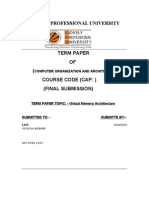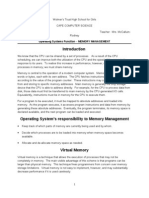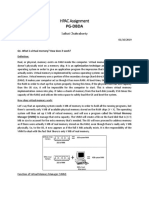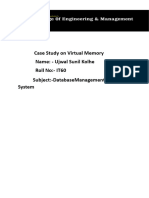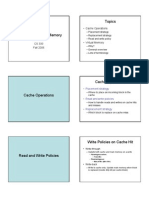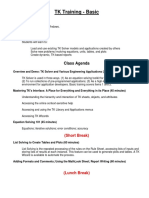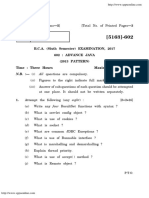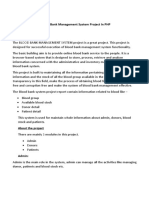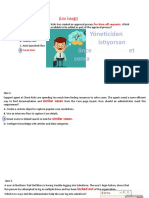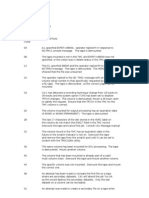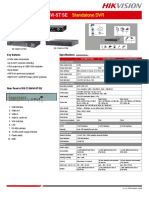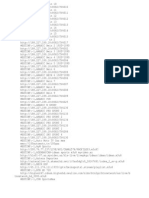0% found this document useful (0 votes)
12 views8 pagesVirtual Memory
Virtual memory is a memory management technique that allows a computer to use secondary memory as an extension of its main memory, enabling it to run larger or multiple programs simultaneously. It involves both hardware and software to swap data between RAM and disk storage, improving system performance but potentially slowing down operations if overused. While virtual memory offers benefits such as increased multitasking and cost-effective memory allocation, it also has limitations, including slower application performance and the risk of thrashing when RAM is insufficient.
Uploaded by
nobukhosibrCopyright
© © All Rights Reserved
We take content rights seriously. If you suspect this is your content, claim it here.
Available Formats
Download as PDF, TXT or read online on Scribd
0% found this document useful (0 votes)
12 views8 pagesVirtual Memory
Virtual memory is a memory management technique that allows a computer to use secondary memory as an extension of its main memory, enabling it to run larger or multiple programs simultaneously. It involves both hardware and software to swap data between RAM and disk storage, improving system performance but potentially slowing down operations if overused. While virtual memory offers benefits such as increased multitasking and cost-effective memory allocation, it also has limitations, including slower application performance and the risk of thrashing when RAM is insufficient.
Uploaded by
nobukhosibrCopyright
© © All Rights Reserved
We take content rights seriously. If you suspect this is your content, claim it here.
Available Formats
Download as PDF, TXT or read online on Scribd
/ 8







